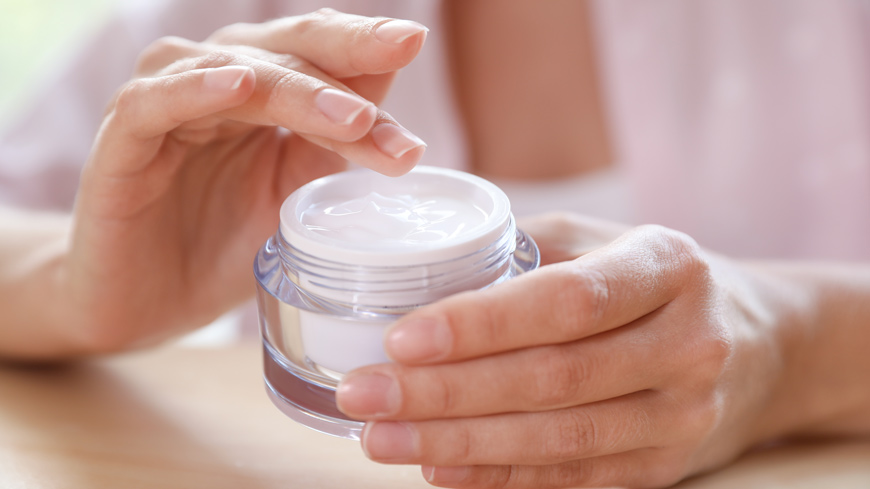A market surveillance study conducted by the European Network of Official Cosmetics Control Laboratories (OCCLs) has found formaldehyde in approximately 30% of the products tested. Formaldehyde is a skin sensitiser and presumed carcinogen. Its use in cosmetic products is prohibited by European legislation. Nevertheless, several preservatives releasing formaldehyde are authorised for use in cosmetics providing that the label alerts the consumer to the presence of this ingredient.
The data obtained by OCCLs on almost 1 000 products sampled showed a good level of compliance with respect to formaldehyde. Yet results showed that formaldehyde was frequently present at levels higher than 10 ppm in certain cosmetics for which the list of ingredients did not include formaldehyde releaser (16% of tested products). There is currently no legal obligation to indicate “contains formaldehyde” on the packaging of these products.
This finding raises the question of safety for already sensitised consumers who might use certain products without knowing that they contain formaldehyde. When traces of formaldehyde cannot be ruled out, market surveillance authorities will need to look more closely into labelling requirements for the products concerned.
The OCCLs form a network of specialised laboratories whose work is co-ordinated by the European Directorate for the Quality of Medicines & HealthCare (EDQM). In line with the EDQM’s mission to support public health protection in Europe, the OCCL Network’s work programme lays the groundwork for laboratories to strengthen market surveillance and improve product compliance. This can be achieved by enhancing testing capacity and promoting co-operation, cross-border mutual assistance and the sharing of information and data. Over 50 OCCLs participate in regular network activities, including laboratories in 22 European Union member states.
Download the summary results: “Market Surveillance Study on Formaldehyde in Cosmetic Products – Summary Report”
See also:




